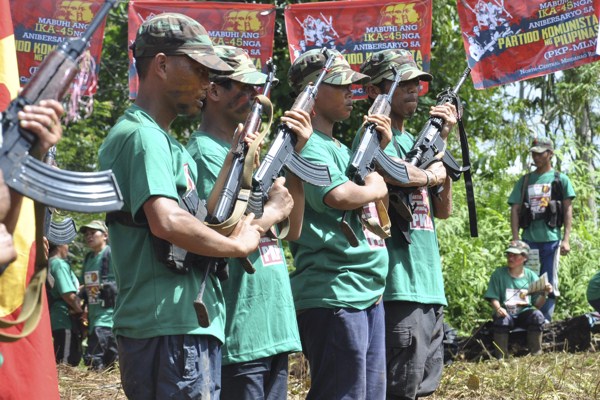In late February, communist rebels killed five Philippine soldiers in an ambush in the northern Ilocos Sur province. In an email interview, Patricio Abinales, a professor of Asian studies at the School of Pacific and Asian Studies at the University of Hawaii-Manoa, discussed the Philippine communist insurgency.
WPR: What are the objectives of the New People’s Army, and how has their insurgency evolved over the past decade?
Patricio Abinales: The New People’s Army (NPA) is the armed group of the Communist Party of the Philippines (CPP), established in 1968 to wage a Maoist-style “protracted people’s war” aimed at “surrounding the cities from the countryside,” and gradually weakening the government to the point of collapse. In its place, the CPP-NPA aims to establish a “People’s Democratic Republic of the Philippines,” again modeled after communist China under Mao Zedong.

